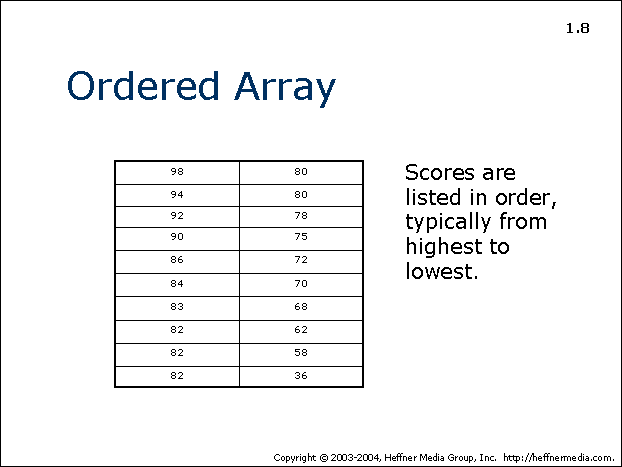
The Brains of Chocolate Cravers
As you read this post, try not to think about how good a bar of milk chocolate would taste right now.
Many people find that it’s quite easy to get visions of chocolate stuck in their head. In fact, the authors of a recent study in the journal Appetite suggest that chocolate is “the most often craved food in Western societies.”
To learn more about chocolate craving, the researchers recruited 40 people: 20 who were especially prone to experiencing chocolate cravings and 20 who were relatively unaffected by chocolate. (Yes, believe it or not, people like that exist.)
Then the researchers showed the people pictures of chocolate, asking about their responses and watching what was going on in their brains. The researchers were especially interested in spotting differences between what they called the “high trait chocolate cravers” and the “low trait chocolate cravers.”
And differences they found.
For starters, the high cravers tended to report more chocolate-related thoughts after viewing the images of chocolate. That is, they reacted to chocolate consumption cues by continuing to play images of chocolate in their heads. On the other hand, the low chocolate cravers moved on fairly quickly.
These differences were also apparent in the participants’ brain activity. Specifically, regions of the brain associated with reward processing were more active in the high craving group after seeing the images of chocolate than in the low craving group.
These findings paint a picture of what goes on in the brains of people who are especially susceptible to chocolate cravings. It appears that when these people encounter chocolate-related cues, they tend to think about chocolate more, and reward-related parts of their brains become more active.
That said, even those prone to high levels of chocolate craving seem to have at least some self-control when confronted with pictures of candy bars. When they were told to do so, the high cravers were able to dial back their chocolate-related thoughts. But the researchers point out that while chocolate lovers may be able to temper their visions of chocolate in a laboratory setting, whether this chocolate thought suppression could potentially help people lower their real-world chocolate consumption “remains to be shown.”
Image: Flickr/Simon